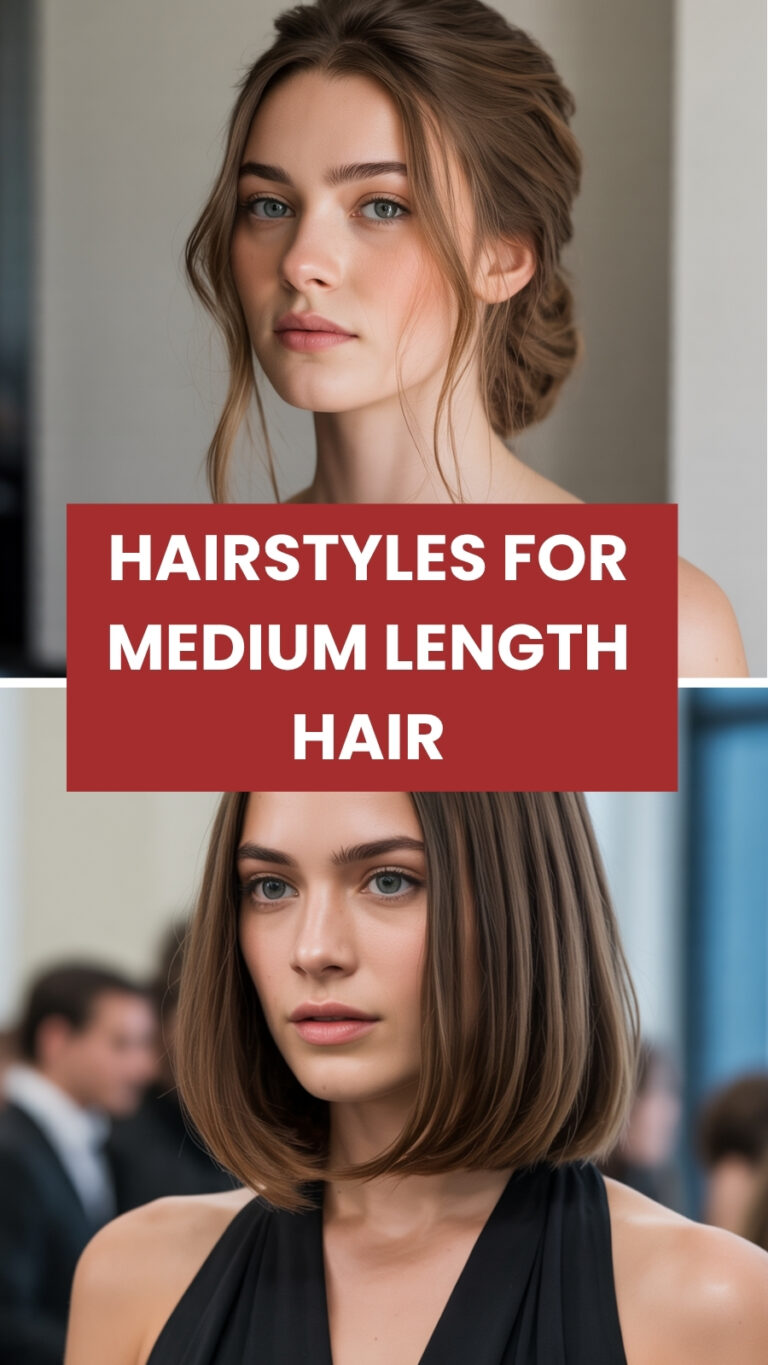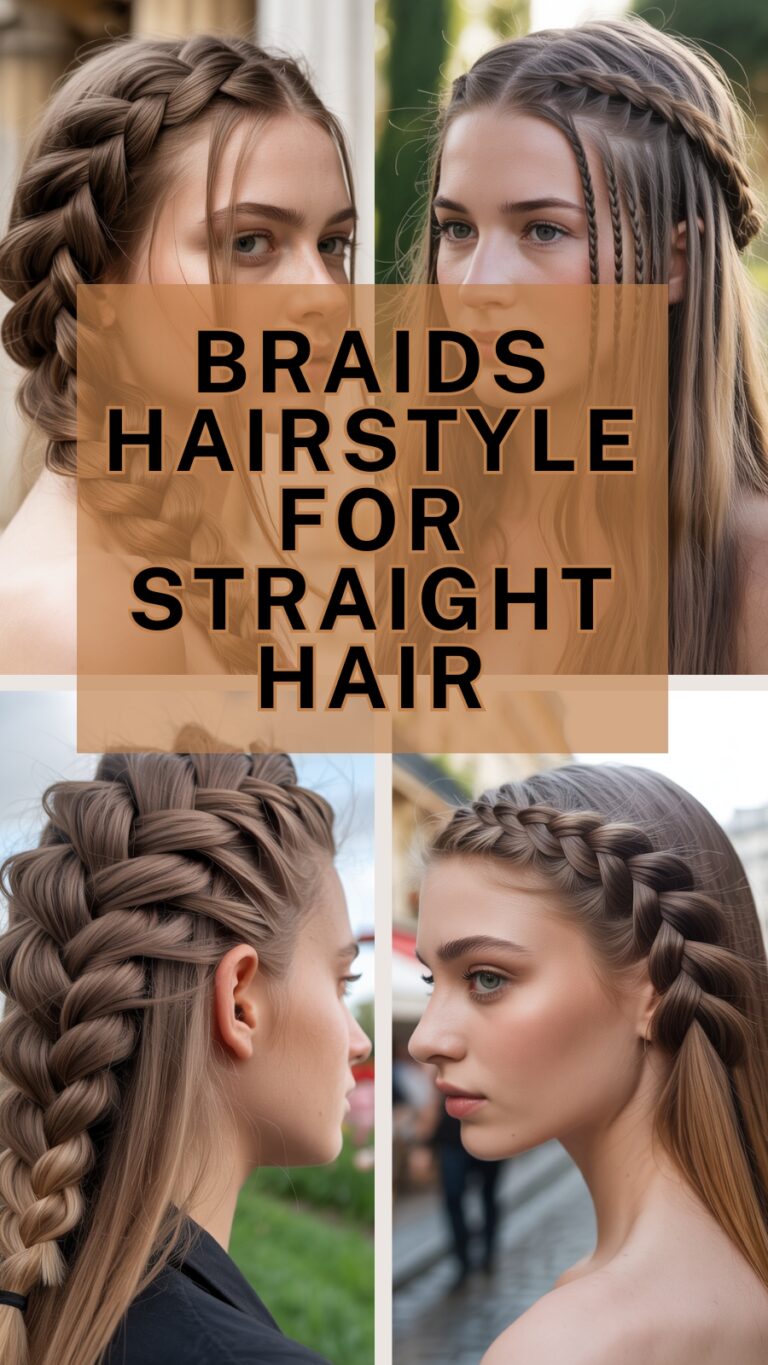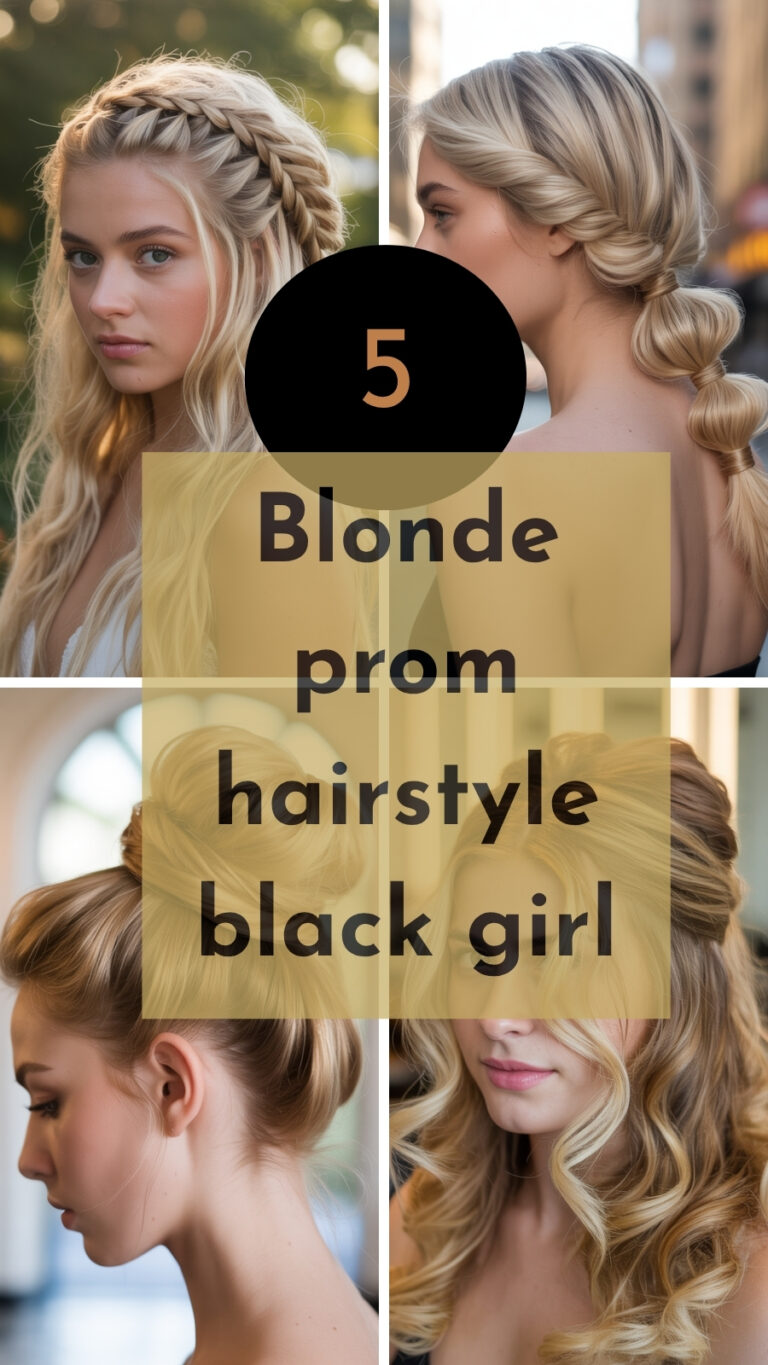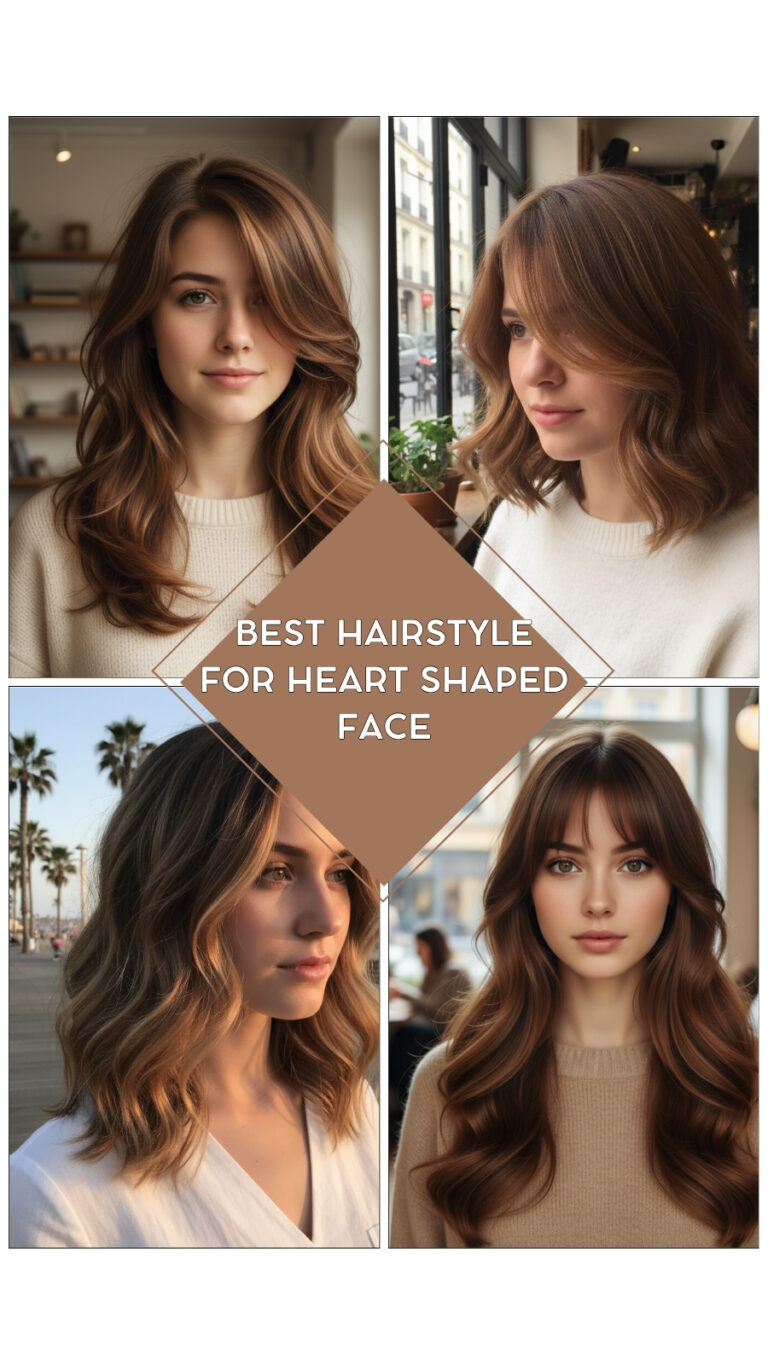Finger Waves Hairstyle for Ladies
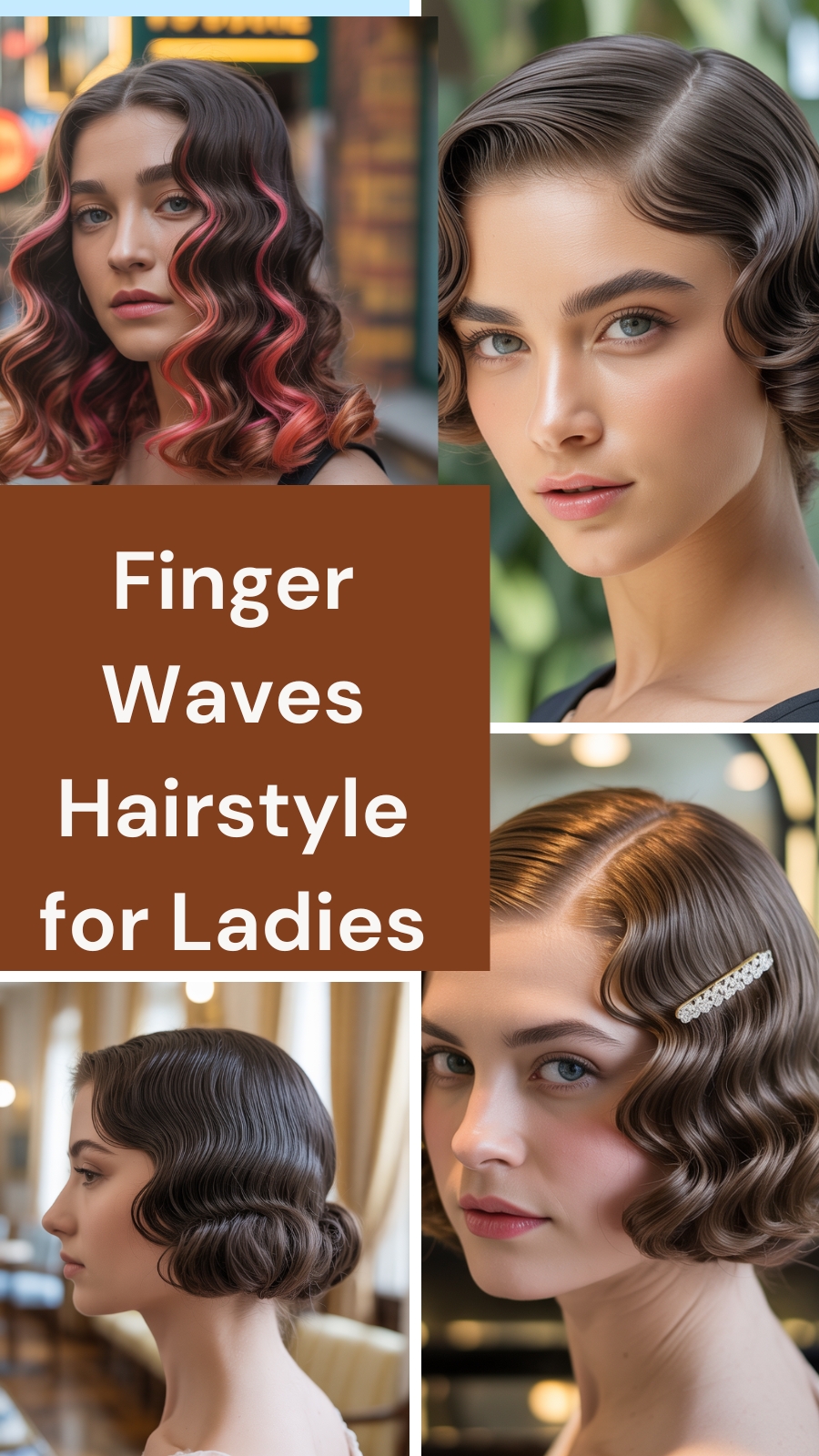
Finger waves are one of the most iconic vintage hairstyles, loved for their elegant, sculpted waves and glossy finish. Originally a symbol of sophistication in the 1920s, this hairstyle has evolved to remain a timeless fashion statement.
Today, finger waves are worn for weddings, red-carpet events, and even casual chic looks. With their versatility, they add instant glamour to any occasion while celebrating both history and modern style.
Classic Short Finger Waves
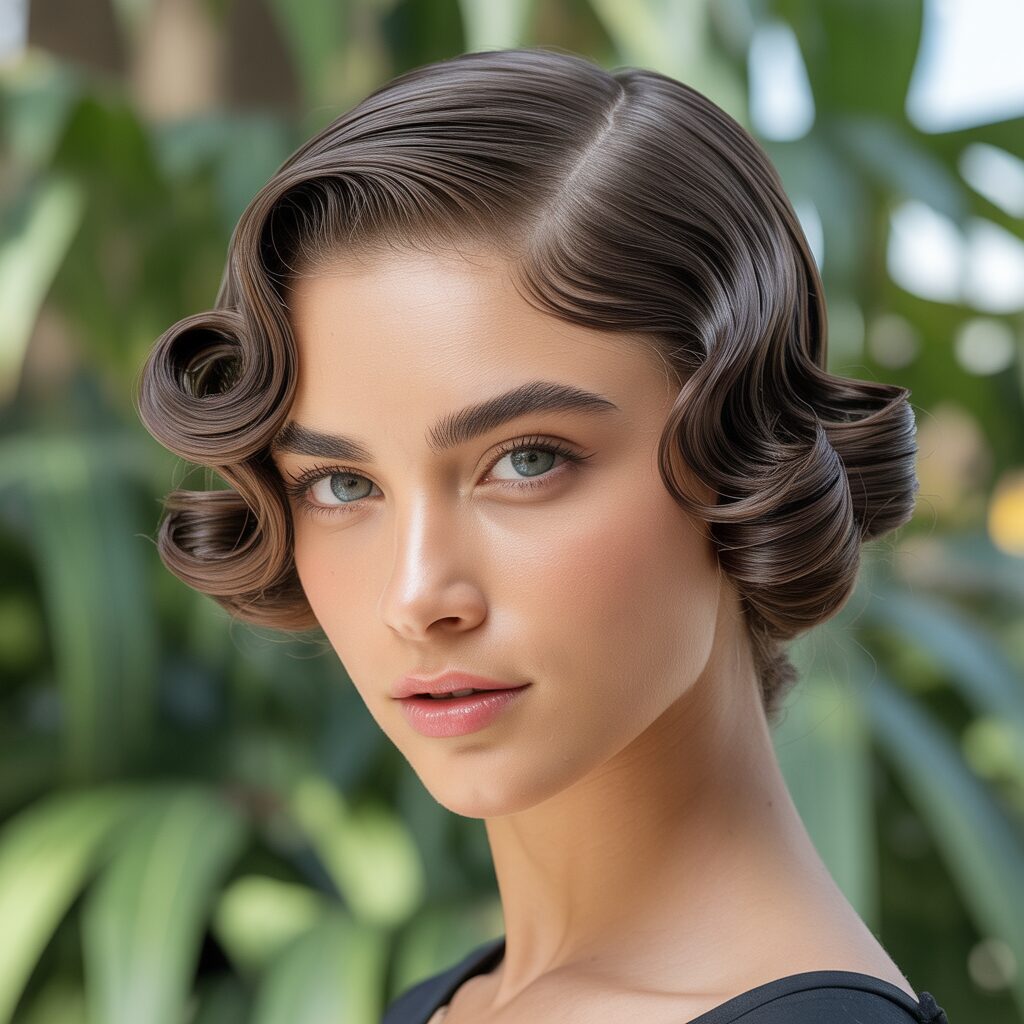
How it is different: Unlike modern curls, classic finger waves are sleek, flat, and glossy, creating a sculpted look close to the scalp.
How it’s created: Wet hair is combed flat, gelled, and shaped into S-shaped waves using fingers and clips.
Where it comes from: This was the original 1920s flapper look, worn by women like Josephine Baker and Louise Brooks.
Long Finger Waves with Loose Ends
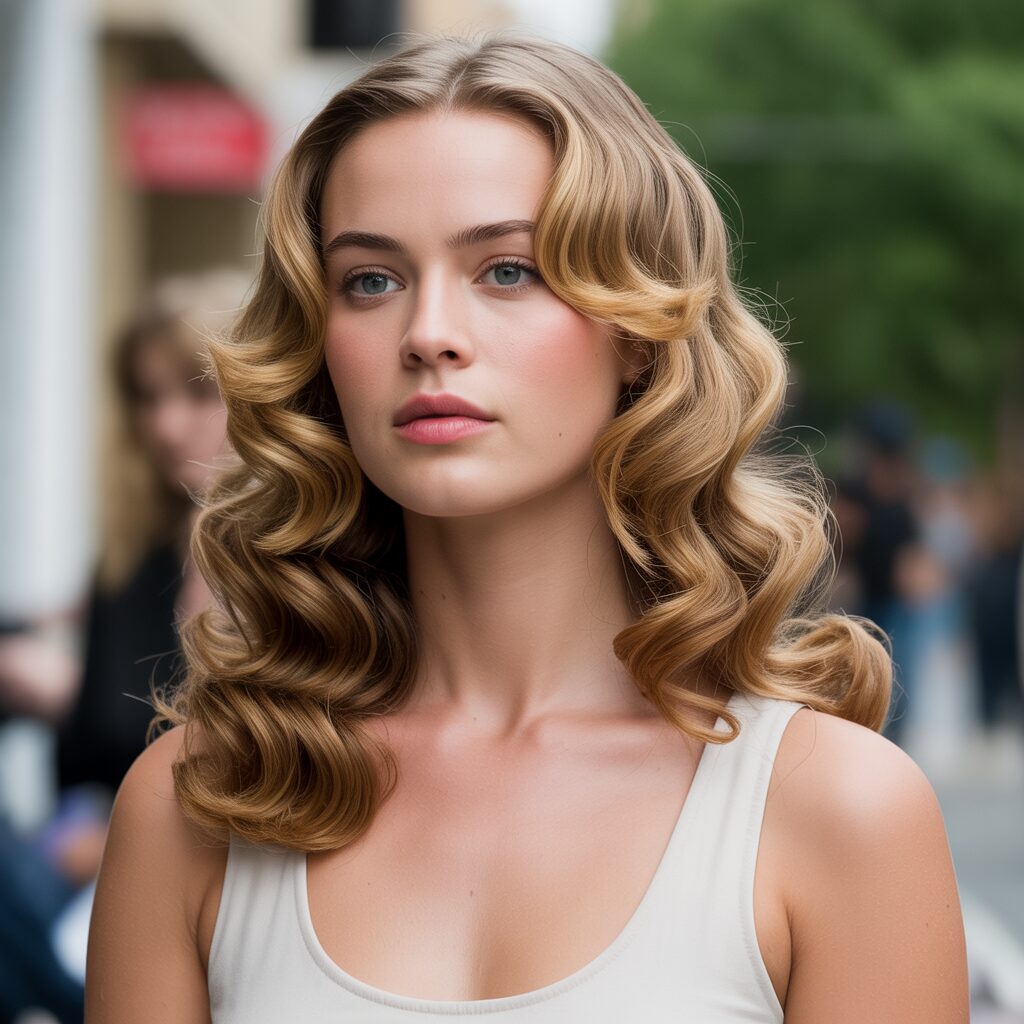
How it is different: Instead of keeping waves tight and short, this version lets the waves flow into loose curls at the ends, blending vintage with modern elegance.
How it’s created: The top and mid-length sections are styled into finger waves, while the ends are curled for softness.
Where it comes from: Popular in Hollywood’s Golden Age, stars like Veronica Lake adapted the finger wave for longer hair.
Side-Parted Finger Waves
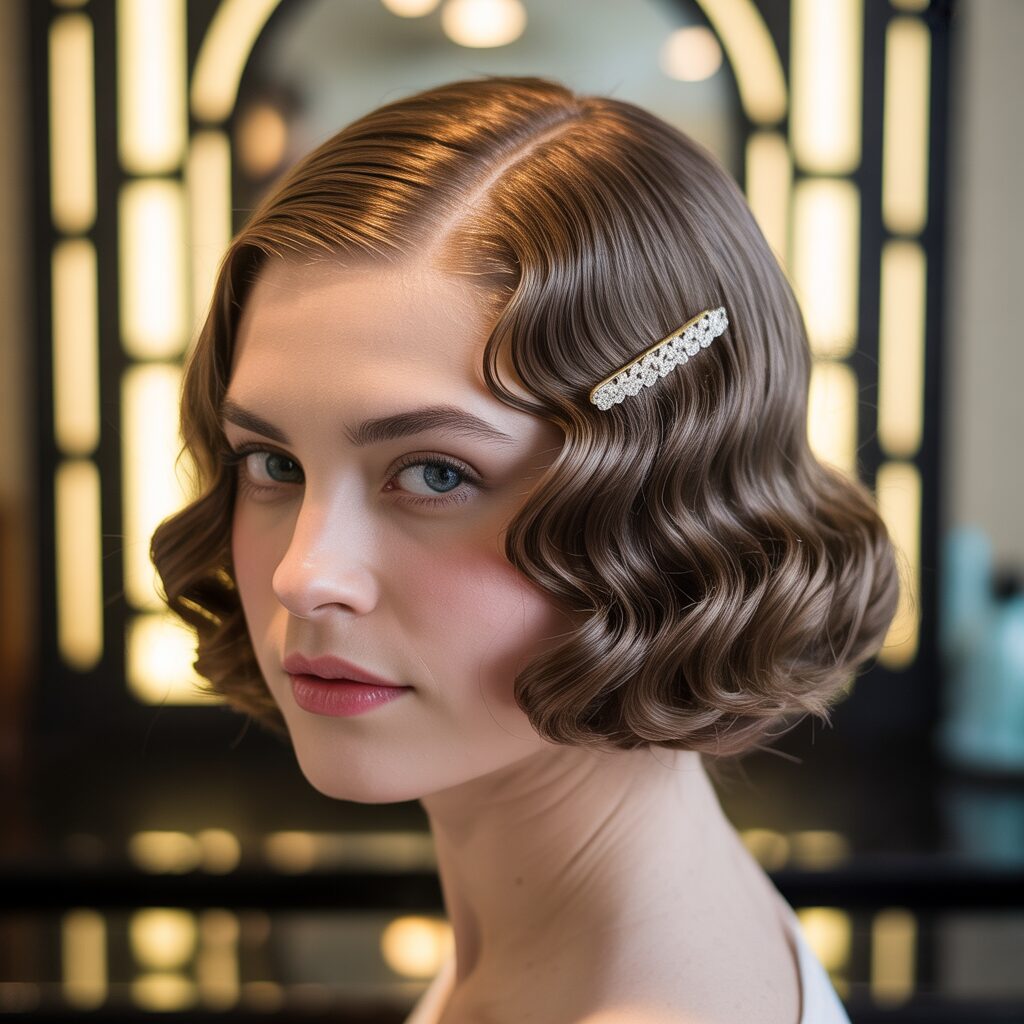
How it is different: Adding a deep side part gives the hairstyle drama and asymmetry, unlike center parts that keep the look more traditional.
How it’s created: Hair is parted deep to one side before sculpting waves with gel and a comb, often finished with a jeweled pin.
Where it comes from: This became a red-carpet trend in the 1930s and remains a favorite for glamorous evening events.
Modern Finger Waves with Color
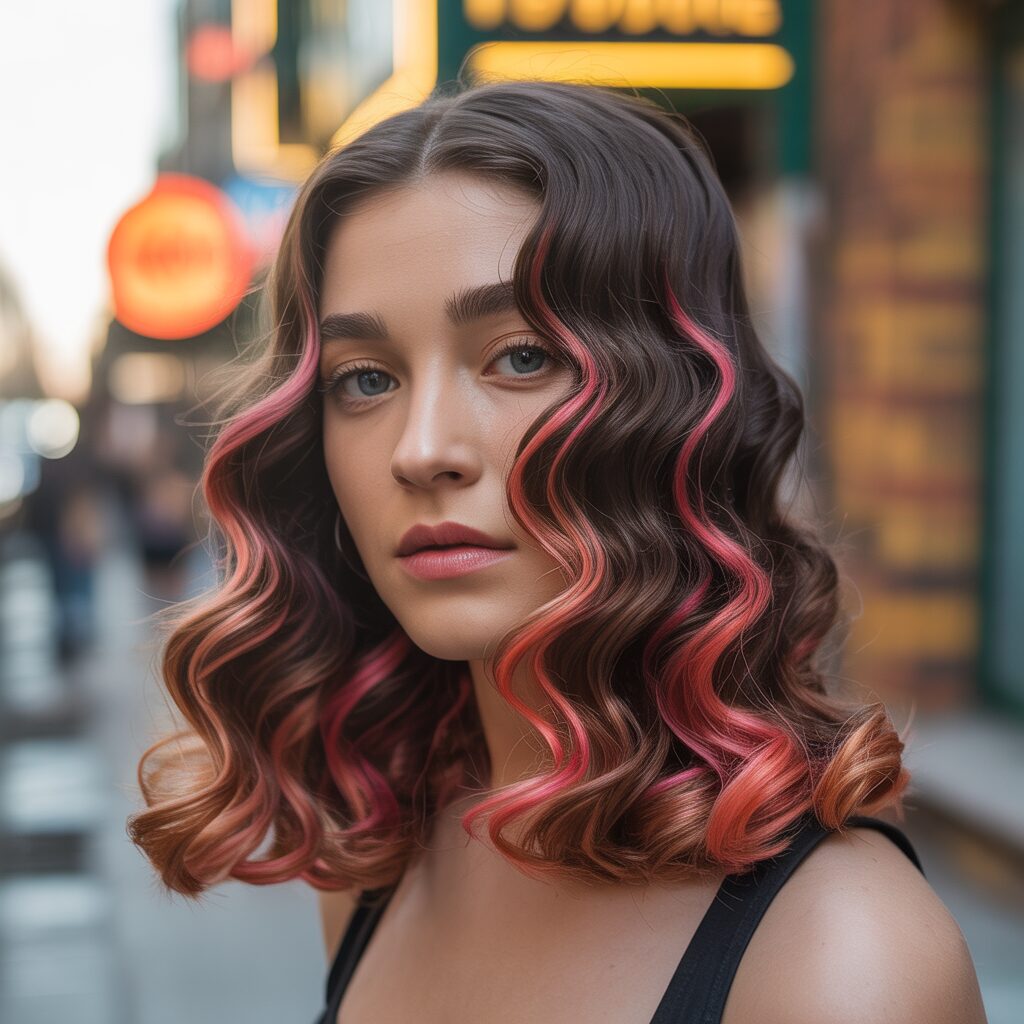
How it is different: Unlike classic glossy black waves, adding highlights, ombré, or bold fashion colors makes finger waves edgy and current.
How it’s created: Waves are sculpted as usual, but with vibrant or balayage-colored strands that add dimension.
Where it comes from: This is a modern revival, influenced by social media trends and music videos where bold colors meet vintage styles.
Finger Wave Updo
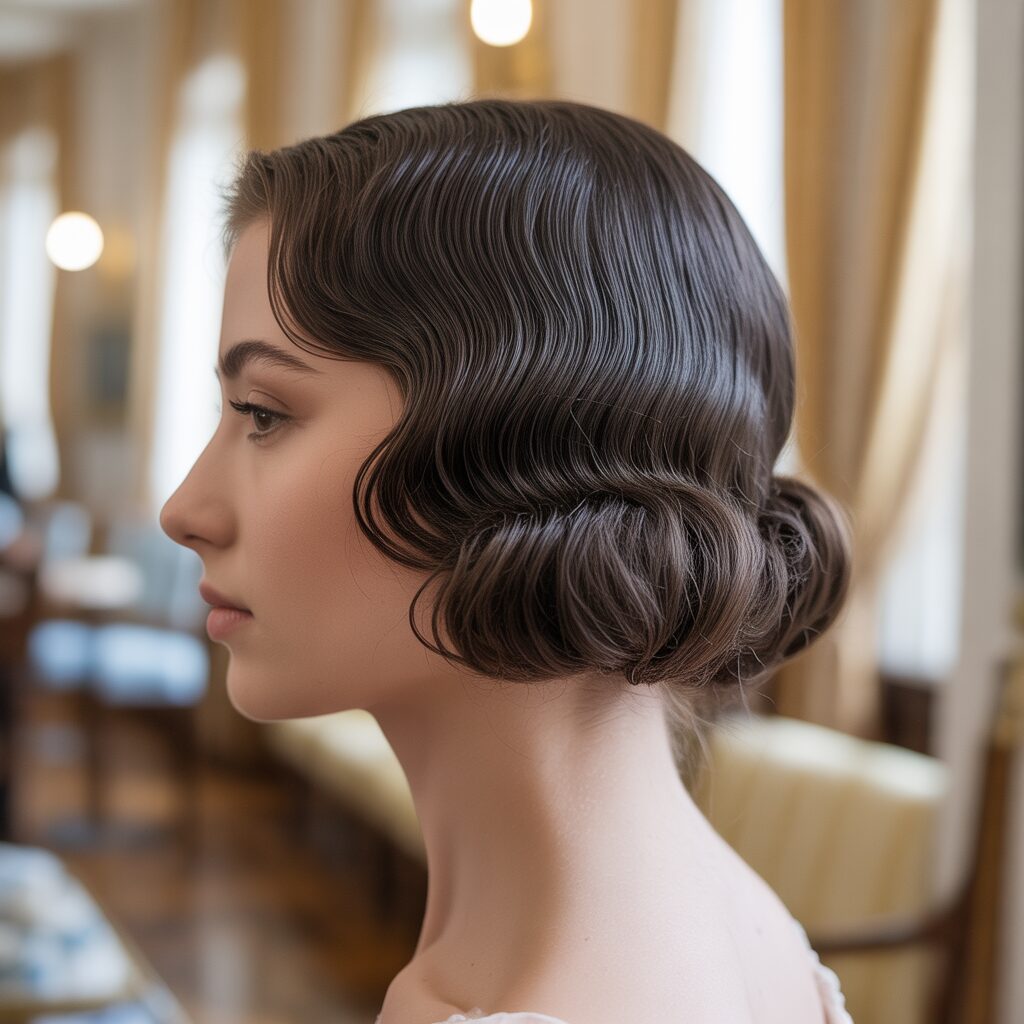
How it is different: Instead of leaving hair down, this style combines finger waves with a bun or chignon, making it perfect for weddings and formal occasions.
How it’s created: The front sections are sculpted into waves, while the back is styled into an elegant bun or roll.
Where it comes from: Vintage brides in the 1940s often combined updos with finger waves, and it remains popular for bridal hairstyling today.
Where Finger Waves Are Most Popular Today
- Weddings: Brides choose finger wave updos for vintage elegance.
- Red Carpet Events: Celebrities revive this look for timeless glamour.
- Fashion Shows: Designers use finger waves to add drama to runway styling.
- Music Industry: Stars in jazz, R&B, and hip-hop often rock modern colored waves.
- Retro-Themed Parties: A go-to hairstyle for 1920s Gatsby-inspired events.
Conclusion
The finger waves hairstyle for ladies is more than just a vintage trend—it’s a cultural icon that continues to inspire. Whether in short sculpted forms, side-parted versions, or modern colorful updates, finger waves highlight sophistication and individuality. Perfect for special occasions, this hairstyle bridges the elegance of the past with the boldness of today.
